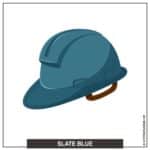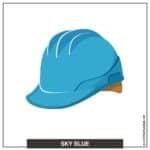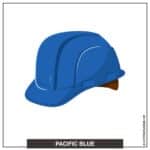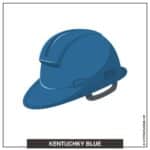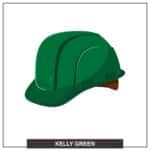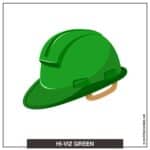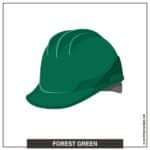You will invariably come across workers wearing hard hats at any construction or active job site. Have you ever wondered what the different colors represent?
Hard hats are also known as safety helmets, and, as the name tells you, they are designed to protect workers’ heads on construction sites. In fact, wearing protective safety helmets is a legal requirement in most places, as it helps protect employees from falling objects and other worksite hazards.
The wide variety of hard hats worn by workers can be confusing to an onlooker. If you have been curious about the different color codes of these hard hats, look no further. We have curated a detailed guide highlighting the various hard hat color codes and their meanings.
So, without further delay, let’s take a look!
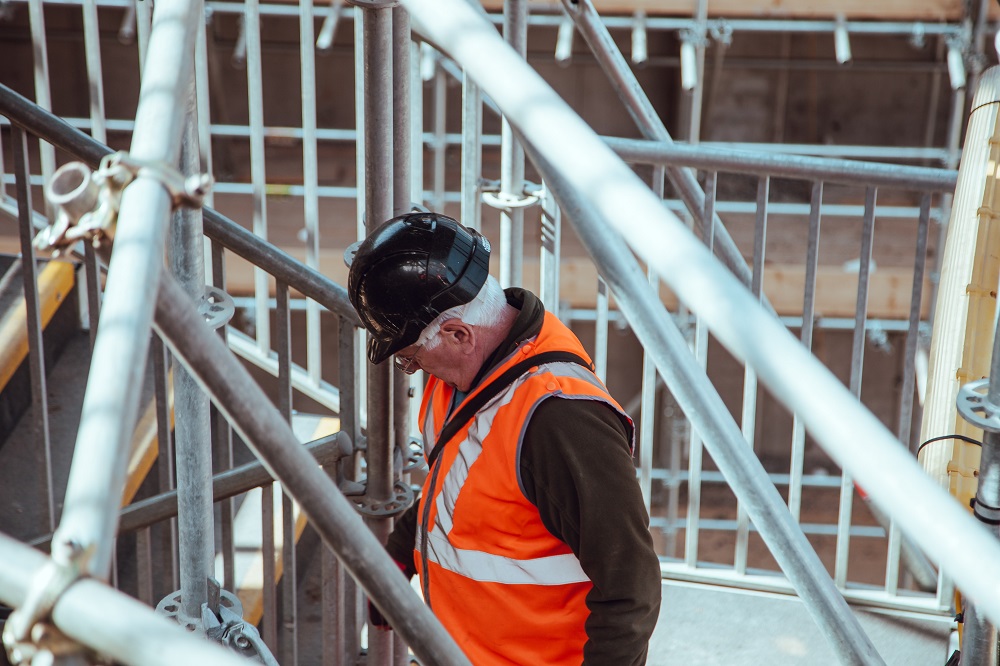
1. Black Hard Hat
Black hard hats are typically worn by supervisors or safety inspectors. Their primary job is to look over new workers, and general laborers operating heavy machinery, and supervise everything taking place at the construction site. The site managers can be quickly identified with this black-colored hat, making it easier for employees to approach them when necessary.
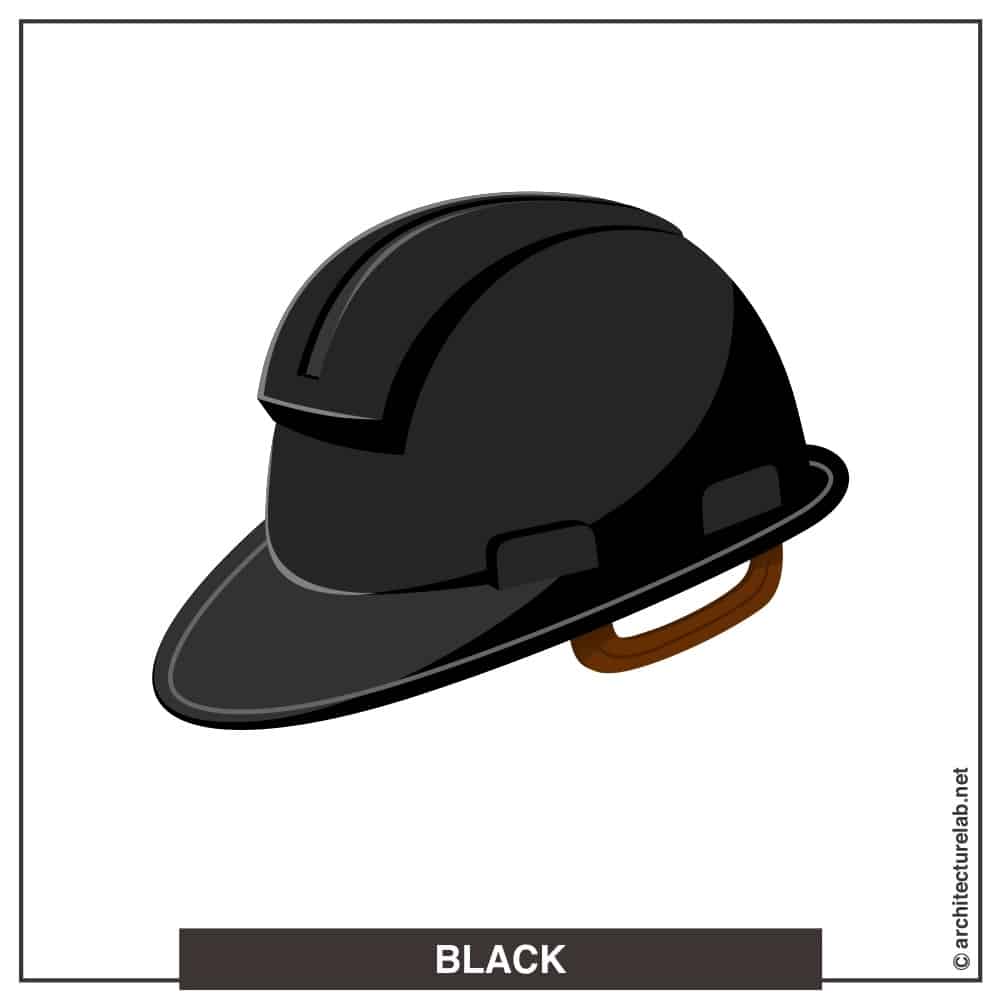
Of course, if a worker sees a black hard hat walking towards them, it’s best not to slack off! That being said, these are also the people who you can go up to in case you require any help or assistance at the worksite.
2. Dove Gray Hard Hat
The dove gray hard hat is most commonly kept aside for site visitors. As you may imagine, it is absolutely necessary for all employees and site visitors to put on protective headgear and safety glasses in the working environment.
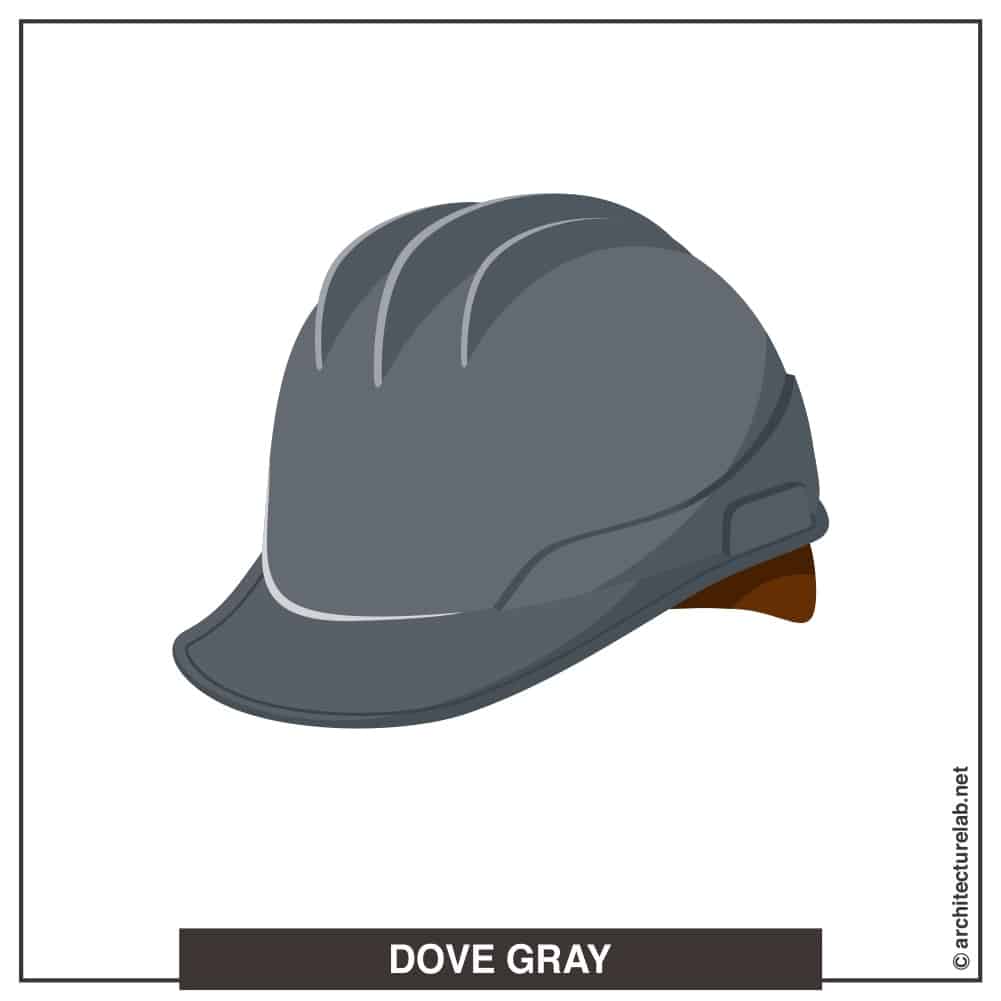
Although these gray hard hats do not have high visibility, they are ideal for protecting site visitors against heavy objects and ensuring their safety.
3. White Hard Hat
In the sea of hard hat colors, one of the most easily identifiable ones would be a white hard hat. Since they are so easy to spot, the white hard hat is typically worn by a supervisor, site manager, safety inspector, engineers, foremen, and architects.
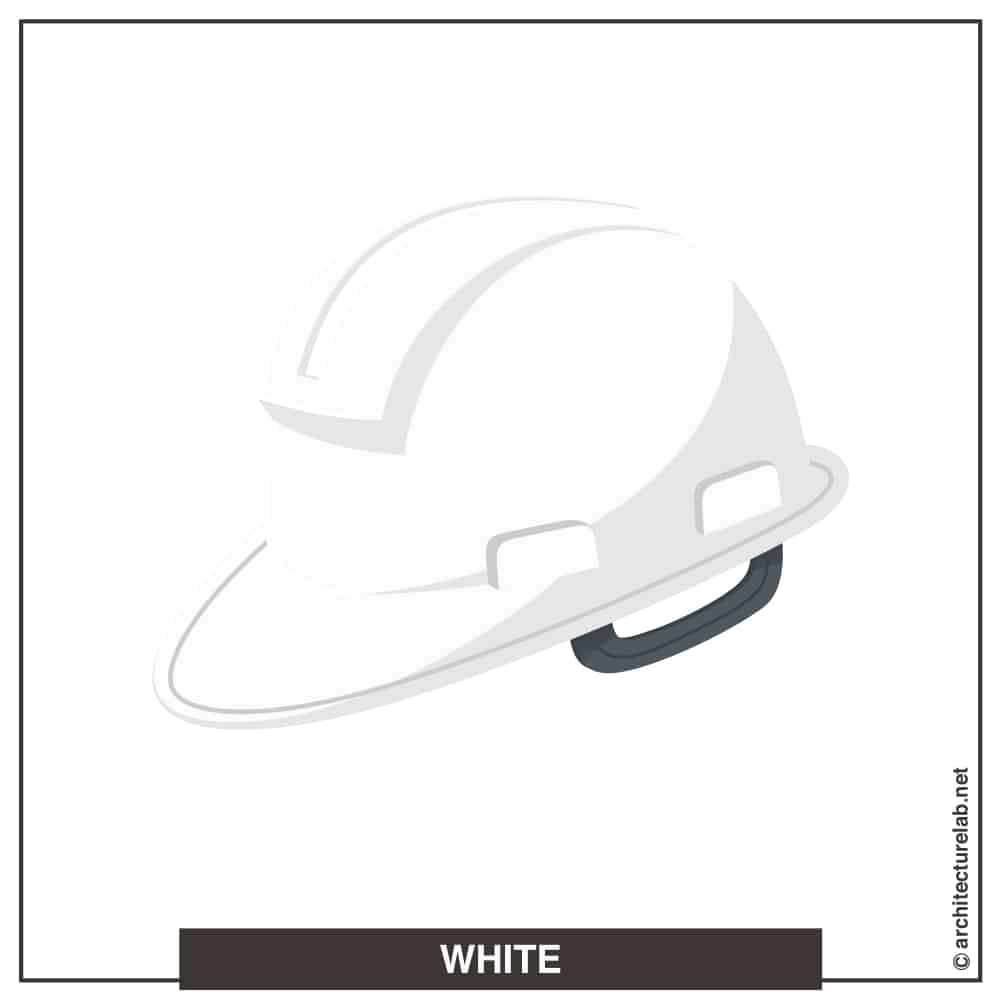
The staff who wear white hats are very easy to spot and are usually the go-to people for help and assistance. However, not just managers but traffic marshals and vehicle marshals are also required to wear a white hard hat. Of course, they must also sport high-visibility vests along with their white hard hats.
White hard hats are also typically worn by any worker who is skilled in a specific trade.
So, how can you distinguish between a skilled worker and a supervisor in a white hard hat? Well, a supervisor or manager will generally be in a suit, white other white hat workers will be in their protective work gear.
4. Orange Hard Hat
In most cases, yellow and orange hard hats are the most commonly seen hard hats that you will find on most construction sites. Although, in some rare cases, site visitors or new employees are also given orange hard hats, this color is generally set aside for road crews.
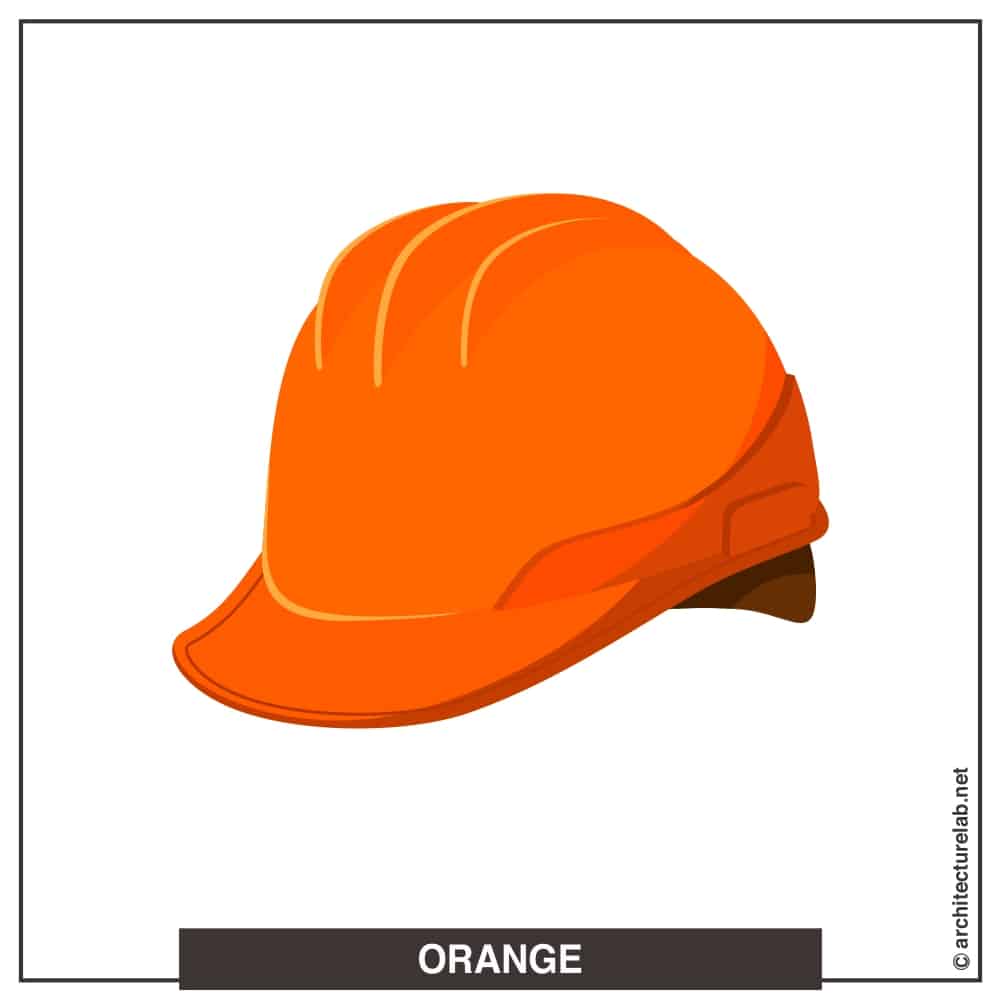
The employees wearing orange hard hats are typically the ones who are highly trained and skilled in slinging heavy objects. These personnel are in charge of moving around bricks or shifting joists.
Moreover, you may also find traffic marshalls, earth-moving operators, technical operators, crane operators, and other workers sporting orange hats. Since this hard hat color is quite easy to identify among other colored hard hats, it makes it easier for other workers to find the slingers and operators when required.
5. Blue Hard Hat
If you are on the lookout for any technical operators, electricians, carpenters, interim workers, or employees in technical advisory roles, look out for the blue hard hats.
According to the hard hat color code, the blue hard hats are typically worn by workers in these roles, making them easier to identify amongst the hundreds of workers on the job site. In some cases, visitors or apprentices can also wear blue hats.
As a thumb rule, anyone wearing a blue helmet should not be left unsupervised on a job site. These individuals are typically not accustomed to being around heavy machinery or being on a construction site, so they must not be left to their own devices.
6. Yellow Hard Hat
The yellow hard hat is the most commonly seen hard hat color on any construction or road site, along with orange. This color hard hat is reserved for earth-moving operators, employees working with heavy machinery, and general construction laborers. The color is very easy to identify and is thus kept for the general workers on the site.
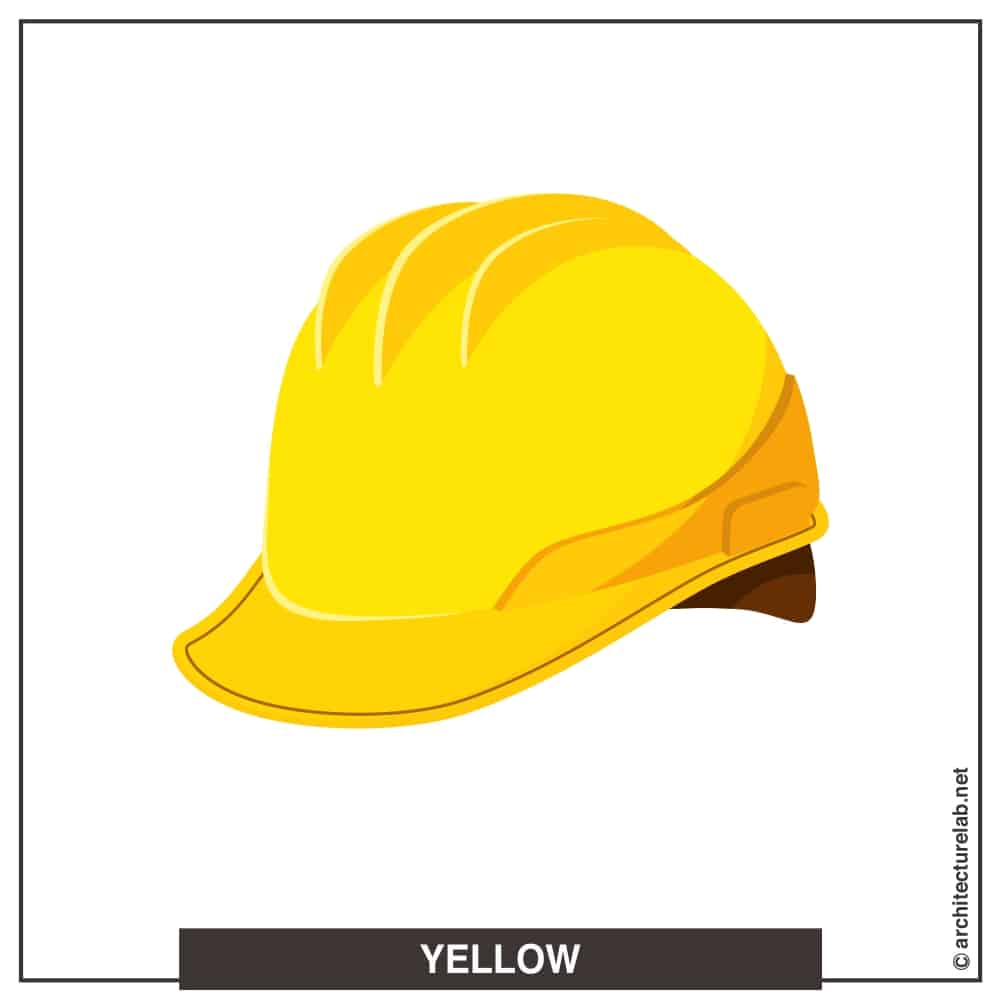
7. Brown Hard Hat
According to the color-coding system, any worker who works with high-heat applications must wear a brown helmet. This helmet is typically worn by welders and other workers who are required to work with high-temperature systems.
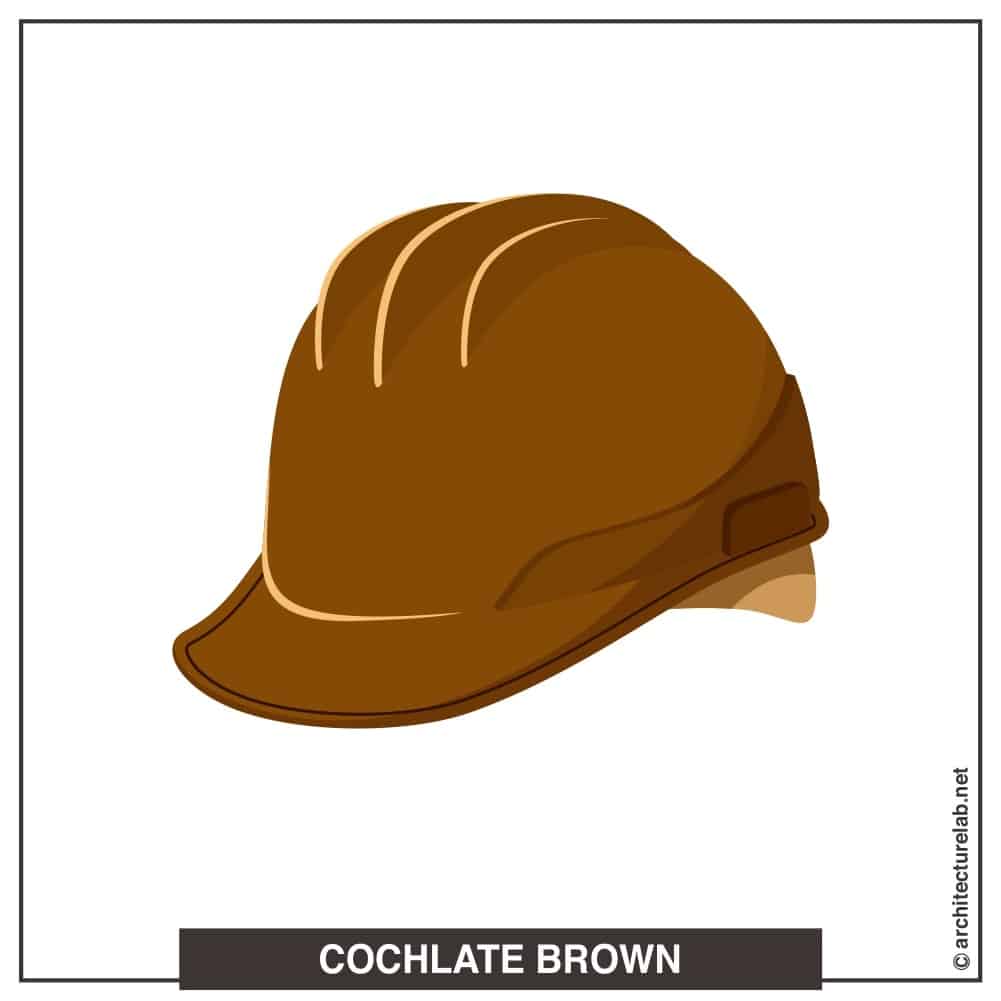
8. Green Hard Hat
When on a construction site, make sure that you always keep an eye out for the green hard hat wearers. These are the people you need to go to in case you or anyone else suffers an injury or has been in an accident. As such, the green-hard hat employees are first aiders, safety and health inspectors, managers, or officers.
However, it is also not uncommon to find new employees or visitors on-site to be wearing a green hard hat.
9. Pink Hard Hat
Pink hard hats are generally issued to female workers, making them easier to identify amongst the crowd of workers. However, the pink hard hat is also sometimes issued to workers (both male and female) as a form of punishment for forgetting to carry their helmets or protective headgear.
It is said that if an employee forgets to carry their protective helmet, the punishment of wearing a bright pink hard hat ensures that they never make the same mistake again.
Purpose Of The Hard Hat Coding System
Since hard hats have one primary purpose, which is to protect workers’ heads on the worksite, you may be wondering why the color-coding system is put in place. Well, it may be surprising to know that hard hats and their colors have a multitude of other applications. Here is everything you need to know about them.
1. To Identify Workers
Hard hats are used for much more than just safety and protection. In fact, one of the biggest purposes of hard hat colors is that they are used to identify workers on the site as well as in the case of an emergency.
For example, if there has been an injury or accident at the workplace, it is easier to identify the medical staff or safety inspectors among the rest of the staff by the color of their green hard hats. Similarly, if you are looking for a supervisor or someone in charge of the project, keep an eye out for individuals in white hard hats.
If you need someone around to do the heavy lifting, immediately go over to the workers wearing yellow and orange hard hats.
2. For The Safety Of Workers
Of course, one of the primary reasons for wearing a helmet on site is for the safety and protection of the workers. Most construction sites include the presence of heavy machinery, bricks, high-heat machines and objects, and other hazardous instruments that can severely injure a person.
Wearing a helmet and other protective gear can help prevent any serious injury in the case of an accident. The most important part of a human’s body is the head, and it is essential to protect a worker’s head when working in such hazardous work sites.
3. It Helps The Supervisor Identify Specific Workers
The job of a supervisor is challenging. Not only do they need to ensure that everything is working smoothly on-site, but they also need to check whether all the workers are doing their job correctly.
Of course, it can be tricky to identify different workers on the job site and try and figure out if they are in their appropriate places or not. So, to make things easier for the supervisor, the colored hard hat system has been put in place. This ensures that the supervisor can easily identify the different workers and ensure that they are working in their designated areas.
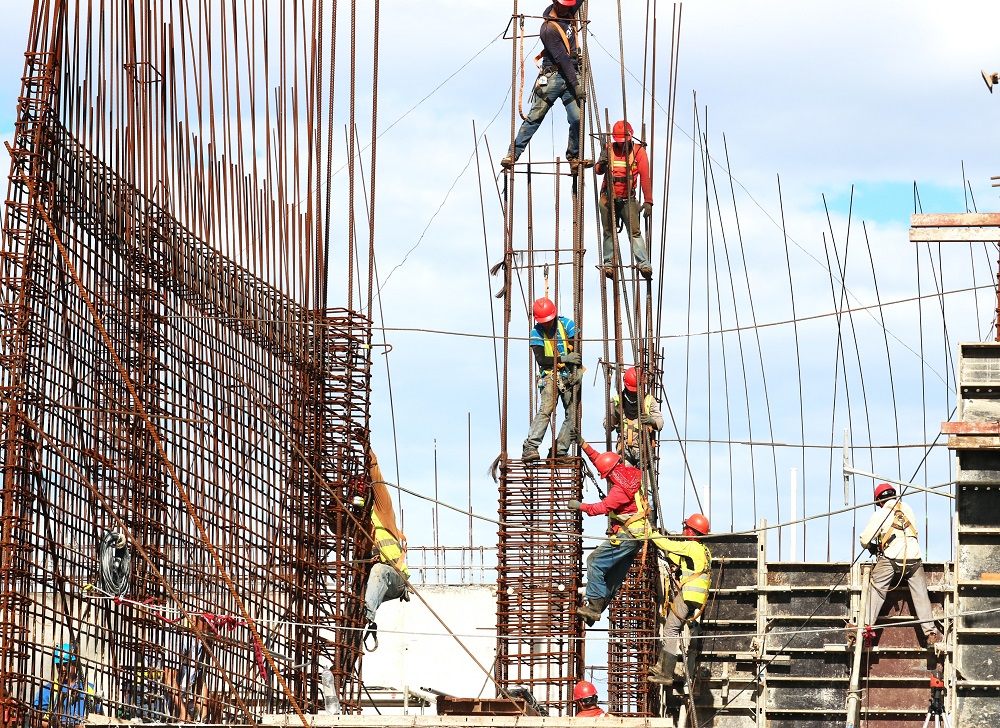
Hard Hat Buyer’s Guide
Now that you know what color hard hats exist and what they mean, you may be wondering how to choose the right one. Also, you must’ve come across a variety of brands that offer colored hard hats at different prices. However, choosing the best one requires you to consider certain factors.
Selecting the right hard hat for your worksite can not only make the job of identifying workers easier, but it can also ensure that operations move smoothly. Furthermore, it makes the work environment safer for all the employees.
Here is what you need to consider before buying the best hard hat for your job site.
1. Shock Absorption Resistance
First and foremost, you need to check the shock absorption resistance of the helmet. It should be firm enough to absorb any kind of impact and force so that it can protect the skulls of workers on-site. Not just that, it should also be resistant to heat and electricity.
2. Water Resistance
Typically, a construction site will have exposure to extreme heat, electricity, heavy machinery, and water, along with other substances. It is essential for your hard hat to be entirely water-resistant; otherwise, it defeats its purpose.
3. Penetration Resistance
As you may well imagine, there are a dozen different types of hazards that you can be exposed to at a work site. It is not uncommon to hear of heavy or sharp falling objects which can cause severe injury to workers.
Thus, it is crucial to find the right hard hat that is durable and penetration-resistant. This will help protect workers against accidents of any kind.
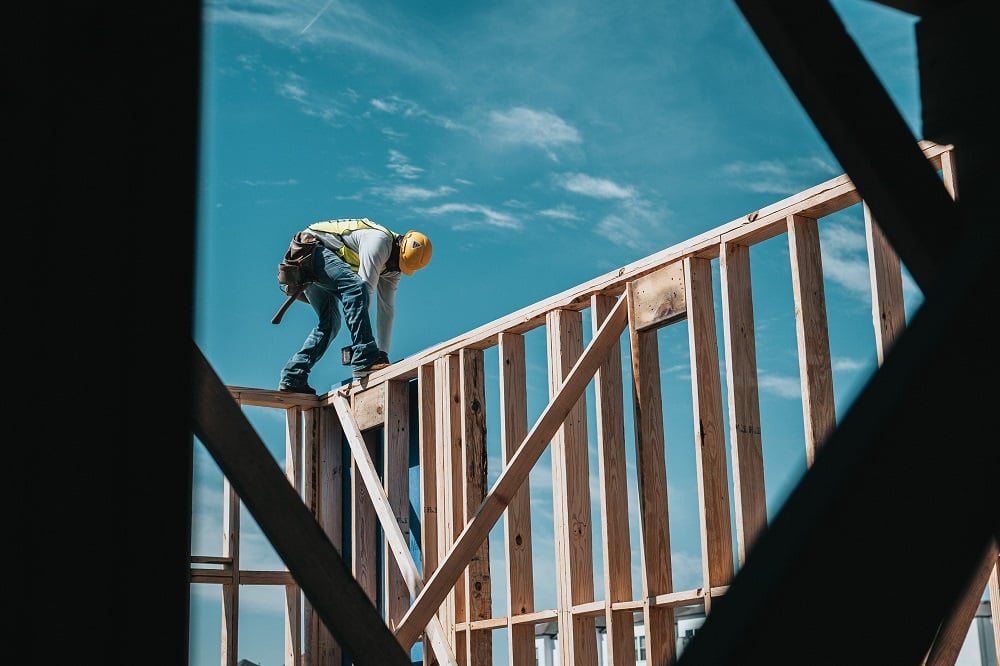
4. Quality And Construction Of The Hard Hat
You will come across several brands that offer different quality hard hats at various price ranges. However, keep in mind that the price of a hard hat does not determine its quality or construction. It is imperative to check these aspects before purchasing the best hard hat for the job site.
Even if you find the right colored hard hats, it will be of no use if the material is not durable enough to protect your workers. Furthermore, it should be lightweight enough to be comfortable for prolonged use.
Another factor you need to consider is the type of hard hat. There are two main types you should know about – Type I and Type II.
Type I hard hats are more commonly seen around worksites and protect only the upper portion of the worker’s head. However, Type II hard hats are a better choice as they cover the entire head area, providing maximum protection against injury and accidents.
5. According To The Kind Of Work
All hard hats are not appropriate for every type of work. In fact, there are specific types of hard hats that you should use for specific work.
It is best to follow the OSHA guidelines that will help you determine the best hard hat to purchase for specific types of work.
Moreover, ensure that you buy an adequate number of hard hats in the appropriate colors for different employees on site. It is also crucial to purchase durable work clothes along with the right hard hat to make the work environment safer and more comfortable.
6. Heat Resistance
Finally, you need to consider how heat-resistant your hard hat is. In most cases, your hard hat will be exposed to extremely high-heat environments and situations, and it can be dangerous if the helmet starts to melt. This can cause severe burns and injury to the wearer.
So, ensure that the hard hat you purchase is entirely heat-resistant and durable.
Well, that’s all we have for you today on the various types of hard hats and their color codes. We hope this helps you better understand the significance of this essential headgear and choose the best one for the workplace.
If you have any other questions, feel free to leave a comment below and let us know. Until then, take care and stay safe!

